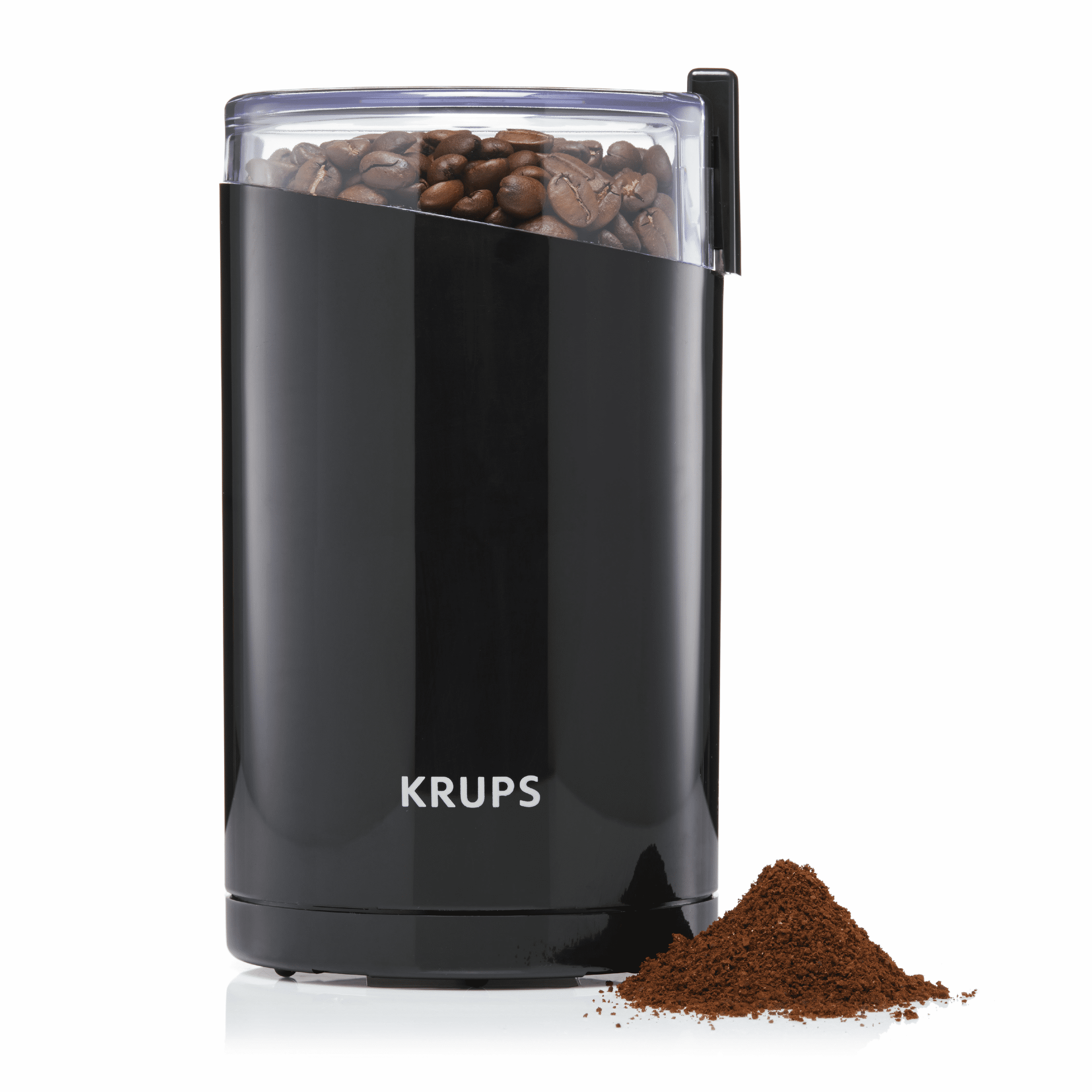Timemore Sculptor: Your Pathway to Perfect Coffee Grinding
Wiki Article
The Ultimate Overview to Grinding Coffee Beans at Home
Worldwide of coffee enthusiasts, the procedure of grinding coffee beans in the house is considered an art form that can substantially improve the quality of your mixture. The ideal mug of coffee typically begins with the careful act of grinding beans to the excellent uniformity, but this seemingly easy job involves a myriad of elements that can influence the last outcome. From recognizing different grind dimensions to selecting the right mill for your demands, starting this trip can be both gratifying and complicated. Join us as we unwind the subtleties of grinding coffee beans in the house and furnish you with the understanding and skills required to raise your coffee game to brand-new elevations.Various Coffee Work Sizes Explained
Recognizing the numerous coffee grind dimensions is essential for attaining the ideal removal and flavor in your brewed coffee. The size of the coffee premises dramatically affects the rate of extraction throughout the developing procedure. Coarser grinds have much less surface touching the water, causing a slower removal process, which is perfect for techniques like French press and chilly brew. On the various other hand, finer grinds have actually enhanced surface area, permitting for quicker extraction, ideal for espresso or Turkish coffee (Timemore Sculptor).The most common work sizes are added crude, crude, medium-coarse, tool, medium-fine, great, and extra penalty. Bonus coarse looks like breadcrumbs and is typically used for cold brew. Coarse work is comparable to sea salt and fits French press brewing. Medium-coarse belongs to rough sand and functions well for Chemex or Clever Dripper. Medium grind, similar to normal sand, is suitable for drip coffee machine. Medium-fine appears like common salt and is optimal for pour-over approaches. Fine work, similar to powdered sugar, is best for coffee machines. Extra fine, nearly like flour, is ideal for Turkish coffee. By choosing the ideal grind dimension for your brewing method, you can enhance the taste and top quality of your coffee.
Selecting the Right Mill for You
Tips for Regular Grinding Results
To achieve regular grinding results when preparing coffee in the house, it is important to develop a routine upkeep routine for your selected grinder. Timemore Sculptor. Routine cleaning of the grinder's blades or burrs is vital to ensure that no coffee residue develops up and impacts the high quality of the work. Furthermore, it is recommended to recalibrate your mill occasionally to preserve the desired coarseness or fineness of the grindAnother idea for achieving consistent find out this here grinding outcomes is to gauge your coffee beans before grinding. Using an electronic scale to evaluate the beans guarantees that you are making use of the proper coffee-to-water ratio for your brew, resulting in a more consistent and well balanced flavor in your cup.
Moreover, adjusting the work dimension according to your brewing method is vital to getting the very best results. Various brewing techniques, such as French press, pour-over, or coffee, require particular work sizes to draw out the tastes properly. Try out various grind sizes and noting the outcomes can assist you perfect your grinding method for each and every developing method.
Storing and Preserving Newly Ground Coffee

The ideal containers for storing newly ground coffee are those constructed from ceramic, glass, or stainless steel. These materials are non-reactive and do not transfer any kind of odors that could jeopardize the coffee's preference. Additionally, it is a good idea to divide your coffee into smaller parts to decrease air exposure each time the container is opened.
It is recommended to save the coffee in an amazing, dark place, such as a kitchen or closet, as opposed to on the counter top or in the refrigerator. Fridges can present dampness to the coffee, influencing its preference. By following these storage practices, you can lengthen the quality of your ground coffee and delight in scrumptious mugs of coffee each time you brew.
Troubleshooting Common Grinding Issues


Another widespread concern is grinder clogging, which can arise from oils in the beans sticking to the mill's burrs or blades. To battle this, normal cleansing and upkeep are vital. Use a brush to eliminate excess premises and oils, and consider running a percentage of raw rice with the grinder to absorb any kind of sticking around oils. By resolving these typical grinding concerns without delay and executing appropriate maintenance routines, you can make sure a regular and savory coffee developing experience.
Final Thought
To conclude, mastering the art of grinding coffee beans in the house requires an understanding of various grind dimensions, choosing the appropriate mill, and carrying out tips for regular results. Proper storage space and conservation of freshly ground coffee is additionally essential for preserving its high quality. By fixing usual grinding issues, coffee lovers can enjoy a delicious mug of coffee made from newly ground beans in the convenience of their own home.In the globe of coffee fanatics, the procedure of grinding coffee beans at home is taken into consideration an art type that can considerably improve the top quality of your brew. Join us as we untangle the subtleties of grinding coffee beans at home and outfit you click here for more info with the expertise and skills required to elevate your coffee game to new heights.
Recognizing the numerous coffee grind dimensions is necessary for achieving the best extraction and flavor in your brewed coffee.When running into common grinding issues while preparing your coffee, it is crucial to attend to these challenges promptly to make certain the quality of your brew aligns with the treatment taken in storing and preserving newly ground coffee. By troubleshooting usual grinding problems, coffee enthusiasts can appreciate a scrumptious cup of coffee brewed from newly ground beans in the comfort of their very own home.
Report this wiki page